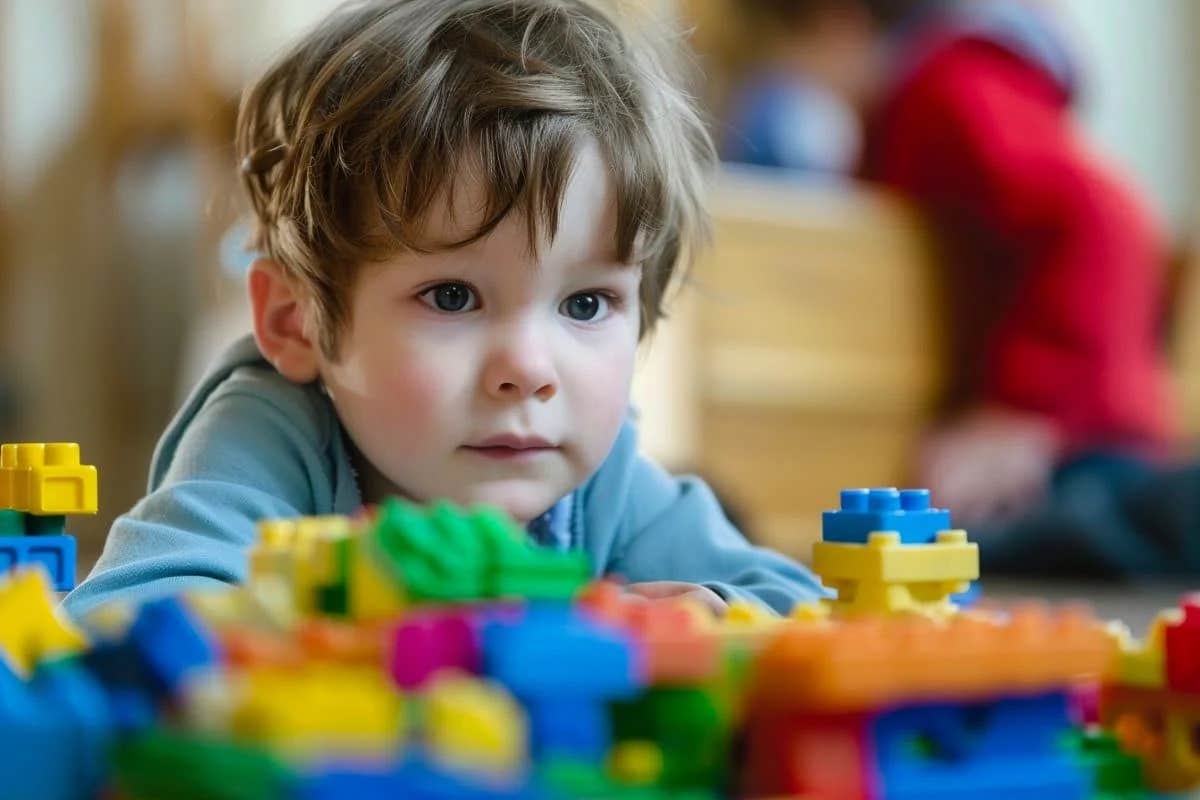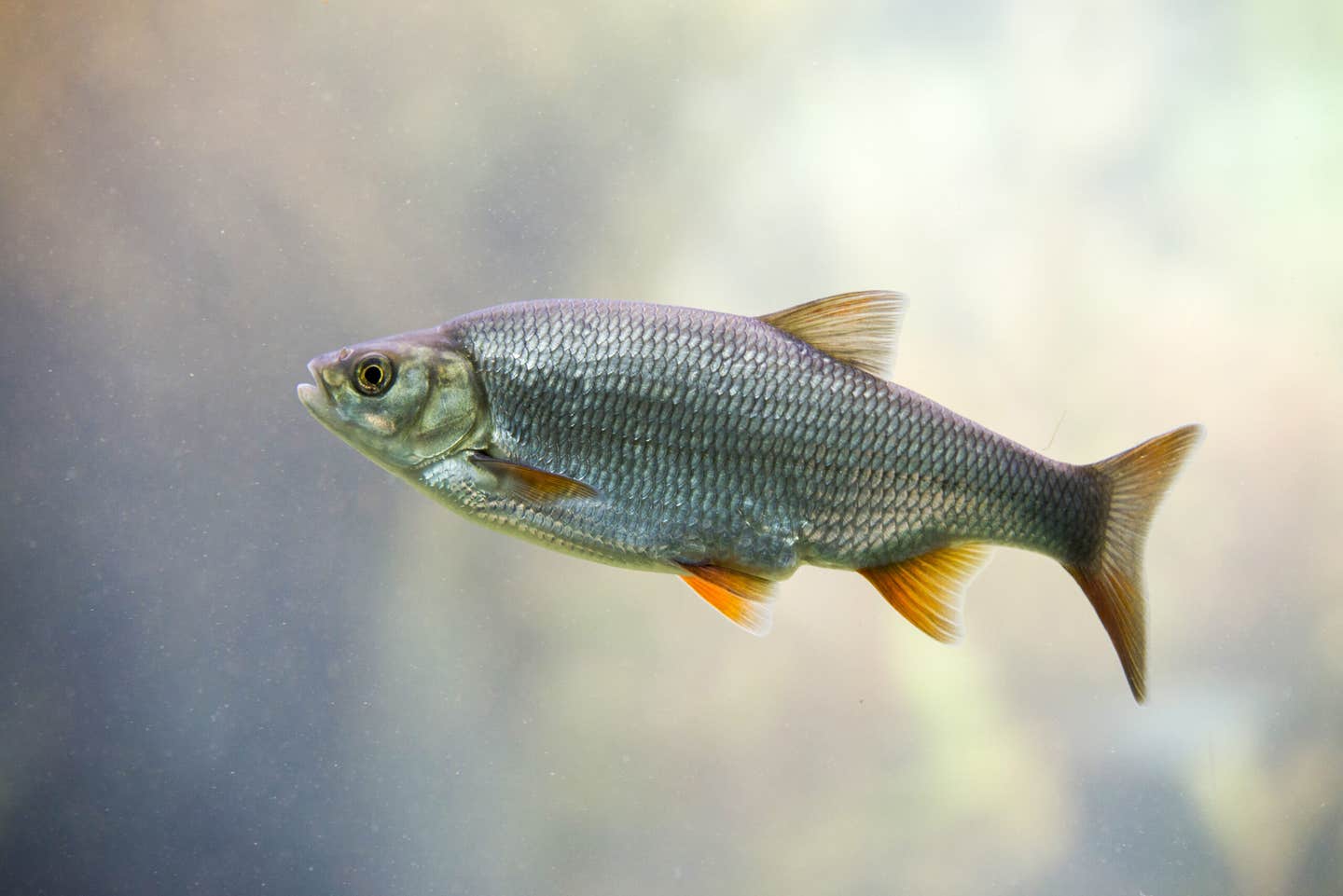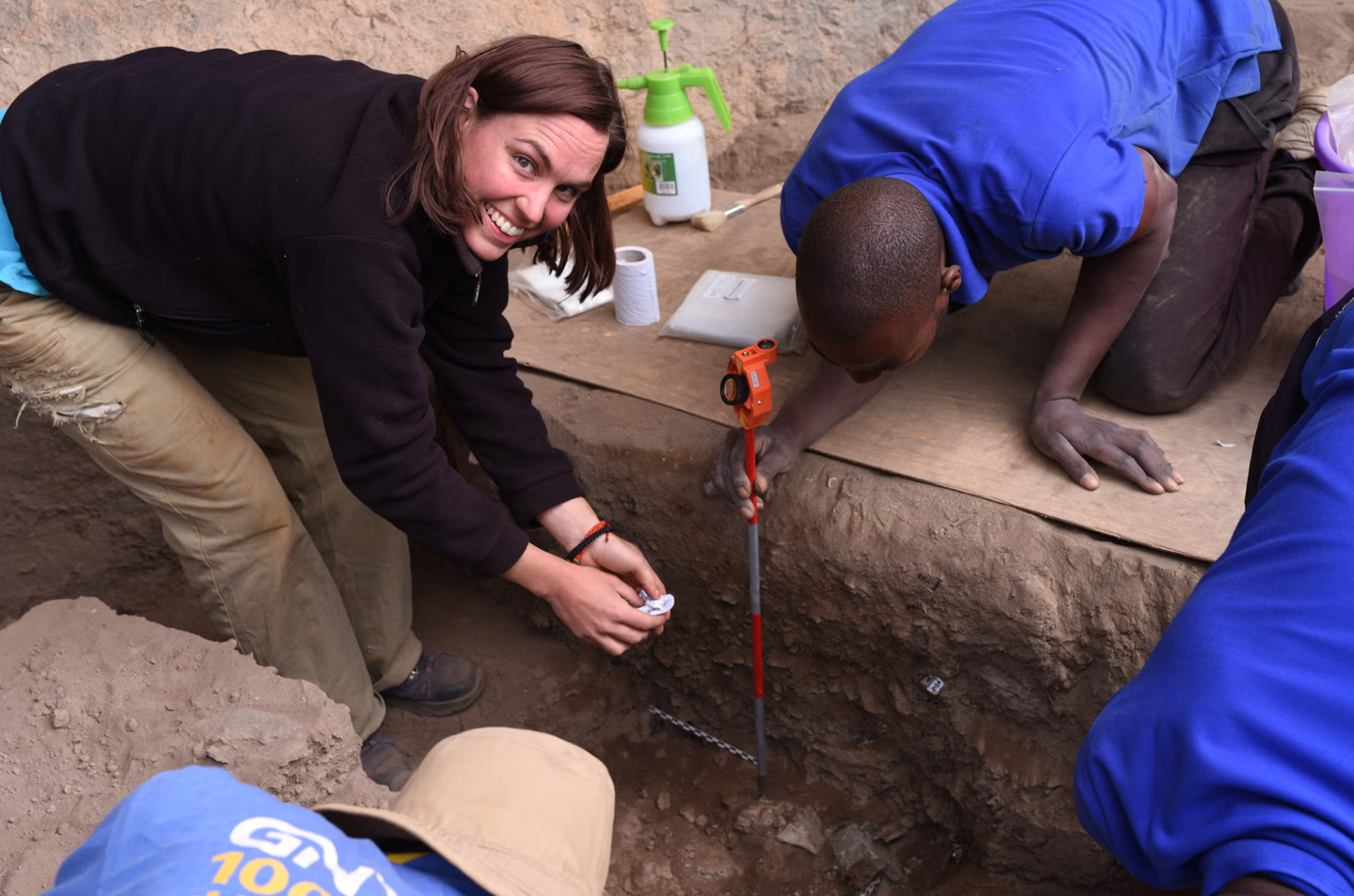Landmark study links gut bacteria to autism spectrum disorder
Researchers identify gut microbes strongly associated with autism, paving the way for new therapies by illuminating the gut-brain connection.

A landmark study uncovers how gut microbiome variations link to autism, offering promising pathways for future therapies and understanding. (CREDIT: CC BY-SA 4.0)
Autism has long challenged scientists trying to unlock its biological origins. With complex genetic, behavioral, and communication symptoms appearing in early childhood, autism spectrum disorder (ASD) remains difficult to understand fully.
Recently, a groundbreaking study from the Simons Foundation’s Autism Research Initiative (SFARI), offers promising new insights by examining the human gut microbiome's role in autism.
Unlocking the Gut-Brain Connection
ASD is not just a brain issue. Many individuals with autism frequently experience gut problems such as constipation, diarrhea, and bloating. Researchers believe the gut-brain axis, the communication network linking the digestive system with the brain, plays a significant role in autism. But despite extensive research, clear answers remain elusive.
The gut microbiome—the trillions of bacteria residing in your intestines—helps control brain functions by interacting with immune and nervous system pathways. However, past studies attempting to link microbiome variations with autism have shown mixed and inconsistent results. This inconsistency makes it challenging to pinpoint precise microbial factors involved in autism.
A New Computational Approach
To overcome these limitations, researchers developed a unique computational method, a Bayesian differential ranking algorithm. This approach enabled them to analyze diverse datasets simultaneously, including microbiome data, dietary patterns, immune profiles, and brain gene expressions from individuals with autism and neurotypical controls.
"We were able to harmonize seemingly disparate data from different studies and find a common language to unite them," explains Jamie Morton, the study's lead author and former researcher at SFARI. "With this, we identified a microbial signature distinguishing autistic from neurotypical individuals."
Related Stories
This extensive study involved data from over 1,200 individuals, making it one of the largest and most comprehensive analyses of autism microbiome datasets. Instead of comparing average group results, the team matched individual participants by age and sex, treating each pair as a single data point. This method reduced biases and improved reliability.
Revealing Microbial Signatures
The results were significant. Researchers identified specific microbes, including species from Prevotella, Bifidobacterium, Desulfovibrio, and Bacteroides, strongly associated with autism. These microbes influence amino acids, carbohydrates, and fats, affecting the brain's gene expression, inflammation, and dietary habits.
Brittany Needham, assistant professor at Indiana University School of Medicine and a study co-author, emphasized the importance of capturing changes over time. "A single time point is only so powerful; it could be very different tomorrow or next week," she noted. This highlights the importance of observing microbiome variations over prolonged periods.
One fascinating discovery was the overlap between these identified microbes and results from recent fecal microbiota transplant studies. These transplants previously showed promise as treatments for autism-related gut issues. Rosa Krajmalnik-Brown from Arizona State University's Biodesign Center, who led one such study, praised this validation. "Another set of eyes looked at this from a different lens and validated our findings," she said.
Collaboration and Future Directions
This project involved 43 researchers worldwide, blending expertise in microbiology, computational biology, neuroscience, and medicine. Rob Knight, from the University of California San Diego, highlighted the necessity of such collaboration, noting, "The sheer number of fields and expertise is noteworthy and necessary to gain a consistent picture of autism."
Both Morton and co-author Gaspar Taroncher-Oldenburg stressed the need for more extensive longitudinal studies, particularly ones involving interventions. Morton explained, "Going forward, we need robust, long-term studies looking at multiple datasets to understand how they change with intervention."
Taroncher-Oldenburg added practical advice: "Clinical restrictions must inform the statistics, which then inform study design."
Implications Beyond Autism
This research does more than shed light on autism. Scientists see potential for using their computational method in other complex conditions, from depression and Parkinson’s to cancer. Knight summed up the broader impact: "Before this, we had smoke indicating the microbiome was involved in autism. Now we have fire."
Indeed, this study marks a significant step forward, showcasing how computational biology can clarify complex biological interactions. As research continues, understanding the gut-brain connection could open doors for new autism therapies, offering hope for millions of affected families worldwide.
Deeper Dive into Autism Spectrum Disorder
Autism spectrum disorder (ASD) is a developmental condition affecting social interactions, communication, and behavior, with symptoms ranging widely in severity. Previously seen as distinct disorders, autism, Asperger's syndrome, childhood disintegrative disorder, and unspecified developmental disorders are now collectively identified as ASD.
Typically appearing in early childhood, ASD symptoms often manifest before age 3. Some infants display early indicators, such as limited eye contact, unresponsiveness to their name, or disinterest in caregivers. Other children initially develop normally but regress between 18 and 24 months, losing language or social skills. Mild cases may go undetected until school-age or adulthood, identified only when social demands intensify.
Communication issues in ASD can include delayed speech, repetitive or robotic speech patterns, difficulty starting or sustaining conversations, and trouble interpreting nonverbal cues like facial expressions or body language. Affected individuals may prefer solitude, resist physical contact, and appear indifferent to others’ emotions.
Repetitive behaviors and restricted interests characterize ASD as well. Common examples are repetitive movements (e.g., rocking, hand-flapping), insistence on rigid routines, self-injurious behavior (e.g., head-banging), and unusual sensory responses to stimuli like sounds, lights, or textures. Individuals may intensely focus on object details without understanding their function, exhibit poor coordination, or maintain highly specific food preferences.
Intellectual abilities vary significantly among those with ASD. Some experience learning challenges or below-average intelligence, while others display average to high intelligence yet struggle to apply their skills practically or socially. This diversity makes assessing severity challenging, often depending on how symptoms interfere with daily functioning.
Life with Autism Spectrum Disorder
Although no cure exists for ASD, early intervention during preschool years can significantly improve outcomes, enhancing social and communication skills. Over time, some children—especially those mildly affected—can develop skills necessary for independent living. However, others may experience ongoing difficulties into adolescence and adulthood, facing increased emotional and behavioral challenges during teenage years.
Recognizing the wide-ranging presentations of ASD helps tailor interventions, enabling more effective support and improved quality of life for individuals on the spectrum.
Always consult your doctor or other qualified healthcare provider with any questions you may have regarding a medical condition, procedure, or treatment, whether it is a prescription medication, over-the-counter drug, vitamin, supplement, or herbal alternative.
Research findings are available online in the journal Nature Neuroscience.
Note: The article above provided above by The Brighter Side of News.
Like these kind of feel good stories? Get The Brighter Side of News' newsletter.



